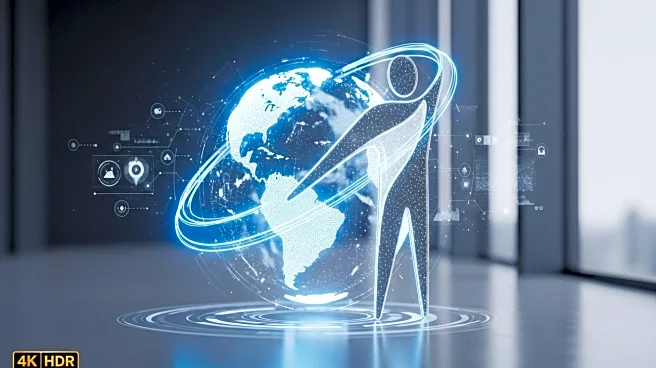What's Happening?
The technology sector is increasingly integrating environmental, social, and governance (ESG) commitments with workforce development to enhance long-term shareholder value. Companies like Microsoft are leading this transformation by embedding sustainability goals into their operations, such as achieving high reuse and recycling rates for servers. This strategic alignment is driven by regulatory pressures and evolving investor expectations, positioning firms to secure competitive advantage and financial resilience. However, contrasting approaches by companies like Google and Amazon highlight the risks of misalignment, with Amazon rejecting ESG-related shareholder proposals, raising concerns about its long-term sustainability strategy.
Why It's Important?
The integration of ESG and workforce development is crucial for tech companies aiming to maintain competitiveness and meet investor demands. By focusing on sustainability and talent cultivation, firms can reduce operational costs, enhance innovation, and improve regulatory compliance. This approach not only addresses environmental and social responsibilities but also aligns with financial imperatives, as investors increasingly consider ESG factors in their decision-making. Companies that successfully integrate these strategies are likely to attract more capital and achieve sustainable growth.
Beyond the Headlines
The role of artificial intelligence in ESG and workforce strategies presents both opportunities and challenges. AI can optimize energy use and streamline reporting, but it also poses risks such as biased data and high energy consumption. Companies are embedding AI governance into their ESG frameworks to address these issues, demonstrating the complex interplay between technology and sustainability. This development underscores the need for comprehensive strategies that balance innovation with ethical considerations.











